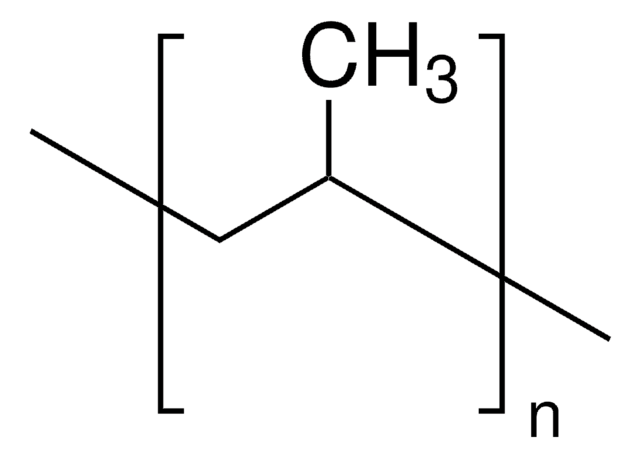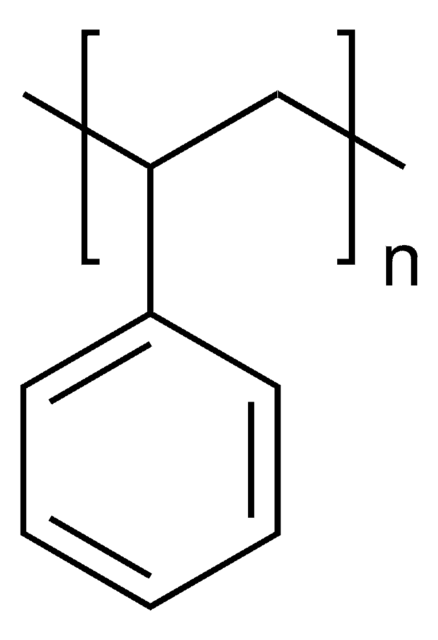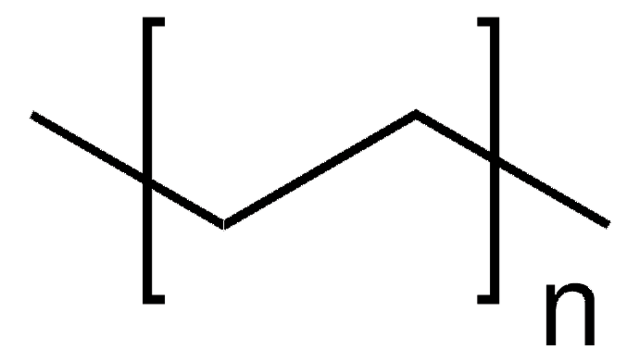427888
Polypropylene
Isotactic, average Mw ~250,000, average Mn ~67,000
Sinónimos:
PP, polypropene
About This Item
Productos recomendados
Formulario
beads
índice de fusión
12 g/10 min (230°C/2.16kg)
mol peso
average Mn ~67,000
average Mw ~250,000
dureza
100 (Rockwell R, ASTM D 785-A)
temperatura de transición
Tm 160-165 °C
densidad
0.9 g/mL at 25 °C (lit.)
aplicaciones
battery manufacturing
cadena SMILES
CC=C
InChI
1S/C22H42O3/c1-2-3-4-5-11-14-17-20-21(25-20)18-15-12-9-7-6-8-10-13-16-19-22(23)24/h20-21H,2-19H2,1H3,(H,23,24)/t20-,21+/m1/s1
Clave InChI
NSYDMBURIUSUDH-RTWAWAEBSA-N
¿Está buscando productos similares? Visita Guía de comparación de productos
Categorías relacionadas
Aplicación
Características y beneficios
Código de clase de almacenamiento
11 - Combustible Solids
Clase de riesgo para el agua (WGK)
WGK 3
Punto de inflamabilidad (°F)
Not applicable
Punto de inflamabilidad (°C)
Not applicable
Equipo de protección personal
Eyeshields, Gloves, type N95 (US)
Elija entre una de las versiones más recientes:
¿Ya tiene este producto?
Encuentre la documentación para los productos que ha comprado recientemente en la Biblioteca de documentos.
Nuestro equipo de científicos tiene experiencia en todas las áreas de investigación: Ciencias de la vida, Ciencia de los materiales, Síntesis química, Cromatografía, Analítica y muchas otras.
Póngase en contacto con el Servicio técnico



